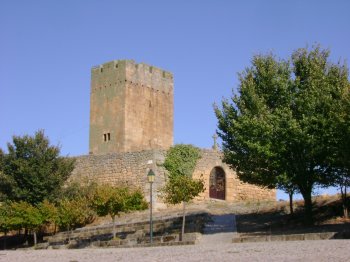Explore the best places
Results for castelo in Portugal
Castelo de Estremoz
- heritage
Largo de Dom Diniz
7100-555, Estremoz
Castle of pentagonal plant about reinforced by buttresses torreados. The walled enclosure of the ancient Citadel stands around the Tower of homage, in white marble with 27 meters high. Beyond the fence, the medieval town presents a vast expanse of fortifications at the time of the war of the restoration, with embattled towers and two gates of round arch. Near one of the doors there is a rectangular Tower, Roman-Gothic style, with several Windows. The Royal Palace, restored by d. João V, is situated on the outskirts of the Castle.
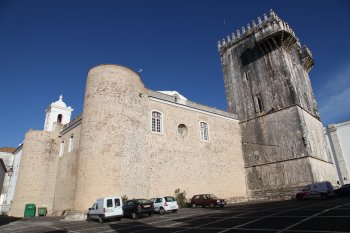
Castelo de Folgosinho
- heritage
Rua do Castelo
6290-081, Gouveia
Revival castle rebuilt in the 20th century, with a circular plan, where traces of medieval fortification remain. The primitive castle was probably built in the 12th century, during the reign of Ling Sancho I, on the ruins of a Lusitanian castro. In the first half of the 20th century, the current castle was built on the initiative of the Parish Council of Folgosinho.
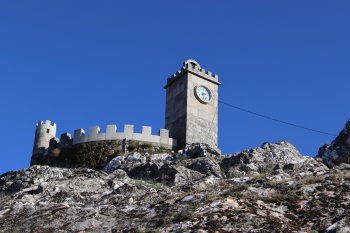
Castelo de Fontalva
- heritage
EN243-1
7350-431, Santa Eulália
The Castle as we know it today is a modern renewal of fortifications which, according to archaeological studies date back to the Castro culture. Of the primitive moth just leaves amuramento, of quadrangular, protected by turrets at the corners. In the reign of Dom João III was converted into a sunny residence castellated.
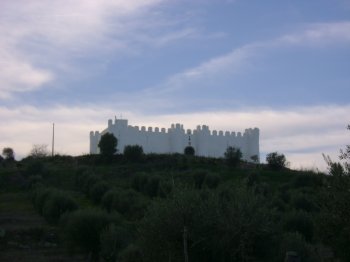
Castelo de Germanelo
- heritage
Rabaçal
3230, Rabaçal
Castle built by King Afonso Henriques in the 12th century. Together with the castles of Penela, Soure and Lousã, it was part of the Alfonsian network of fortifications to defend the lands of Coimbra.
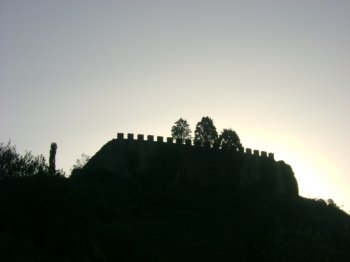
Castelo de Gouveia
- heritage
Gouveia
5350, Alfândega da Fé
Traces of two waists of walls that once surrounded the highest point of the village. Originated probably in the iron age, having been later returned in the high middle ages.
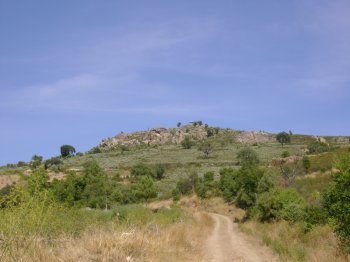
Castelo de Guimarães
- heritage
Rua Conde Dom Henrique
4800-412, Guimarães
In the 10th century, the Countess Mumadona had a monastery built on her estate. The fact that it was the target of intense Moorish attacks meant that a fortress was built to protect the monks and the Christian community. Thus was born the Castle of Guimarães. After the birth of Condado Portucalense, it became inhabited by Count Dom Henrique and Dona Teresa, who had major works carried out on this monument. Between the 13th and 15th century, several kings contributed to the improvement of the Castle, after which it was abandoned, finding itself very degraded until the 20th century, when …
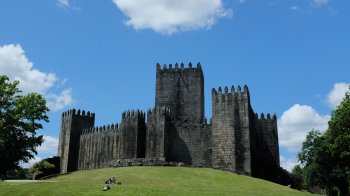
Castelo de Lamego
- heritage
Rua do Castelo
5100-128, Lamego
This castle was built on an ancient Lusitanian castro that the Romans fortified. The primitive Castle include the Alcazaba with the keep, the vaulted cistern and two doors, the door of the Fires and the Puerta del Sol, which define the structure of the old village wall. The cistern is near a stretch of Hadrian's wall. During the 16th and 17th centuries the Tower served as a town hall. Featured, in the Puerta del Sol, for a century, window dated 1642.
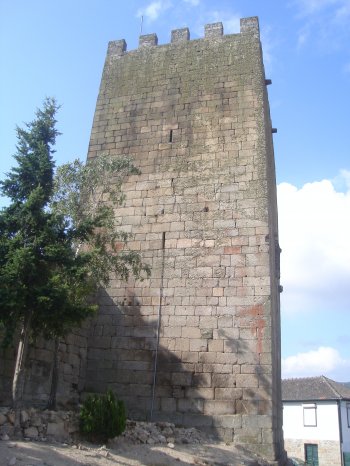
Castelo de Leiria
- heritage
Largo de São Pedro
2400-235, Leiria
What remains of the castle, for the most part, dates back to the reconstruction carried out by Dom João I. At the top of the hill stands the superb keep that seems to be from the Dionysian foundation; of the royal palace there are occasional Gothic twin windows and pieces of arches from the galleries.
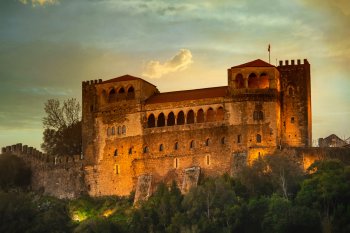
Castelo de Lindoso
- heritage
Lugar de Castelo
4980-451, Lindoso
Construction of the reign of d. Afonso III, on top of a Rocky Hill, next to the village. Star-shaped Castle foursquare, has a tower keep about 15 feet tall. There are still some semiesféricas domes at the corners of the wall, with embrasures for the use of firearms. Has a museum inside.
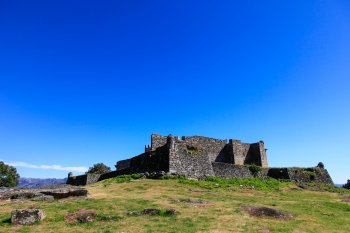
Castelo de Longroiva
- heritage
Rua do Adro
6430-071, Mêda
The medieval castle of Longroiva, classified as a national monument, is one of the most important examples of military Templar architecture of Beira Interior and one of the best testimonies to Romanesque castle in the region. Built on an alleged castro pre-Roman, erected between the centuries IV and II century BC, its construction will coincide with a significant outbreak of settlement in the region, in the early 12TH century, having belonged to the order of the temple and to the order of Christ. In the 18th century, with the progressive loss of importance of the town, has been documenting the …
